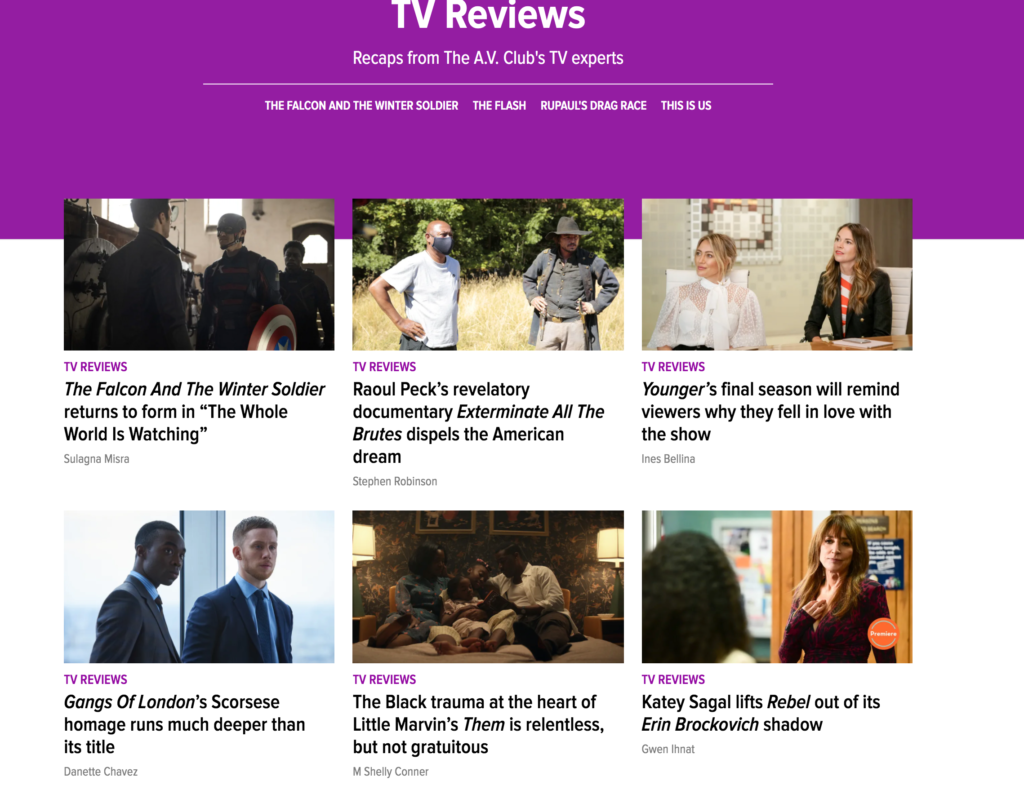By Kate Ward
Sex and the City was huge. It influenced a generation of women to move to Manhattan, attempt to order cosmopolitans at their local college bar, and debate with their friends which of them got to be Carrie. As I have begun to watch the show in the past few weeks I’ve wondered: Can I like this show and also think it’s a little problematic? I will be using Stuart Hall’s dominant/oppositional/negotiated framework to parse through the public and my reaction to this cult classic.
A dominant reading could be: This is a comical, yet heartfelt show about 4 friends navigating the romantic and sexual culture of late 90s/early 2000s Manhattan. It is realistic about the experiences of 30-something, professional metropolitan women in the dating scene.
An oppositional reading may be: This show is not funny or heart-warming. This is not at all representative of the romantic or sexual lives of 30-something women, disempowers them, and reinforces sexual stigma and stereotypes. This show centers on the heterosexual, cis, white, and wealthy experience while ignoring or disrespecting the experiences of LGBTQ+ people and people of color.
I have a more negotiated reading of the show where I pull from both an oppositional and a dominant reading. I think I skew closer to the dominant side as I share many traits with the main characters (I am also an adult white woman with deluded ideas about romance, stupid things to say, and a love for a cosmopolitan cocktail). I also appreciate how Sex and the City paved the way for other shows representing women in control of their sexual lives and health. It shows “older”1 women having exciting and fun sex, as well as fulfilling careers and female friendships.
I do think that my most oppositional stance to the show is how it portrays LGBTQ+ people, working-class people, and people of color. But as those criticisms are fairly documented in literature about this show, I will instead unpack how it reinforces sexual stigma and gender roles.
Although I can sometimes relate to the dialogue between the women (as my roommate said, I am clearly a Charlotte), I think some of how they talk about sex, sexuality, and gender are very dated. The Sex and the City women often sit around brunch on weekends for a gab-sesh. It is not uncommon for these gab-seshes to contain dialogue that reinforces sexual stigma or gender roles like, “She’ll never find a husband if she keeps sleeping around” or “I don’t know why he can’t just be a man about it”. These are not exact quotes from the show but are fairly similar to real conversations on it. I would not say that every conversation goes down this conservative/problematic path but it only takes one every few episodes to sour my feelings for the characters.
I will definitely keep watching Sex and the City to see how the “will they/won’t they”2 of Carrie and Mr. Big turns out, but not without a serious cringe here and there.

